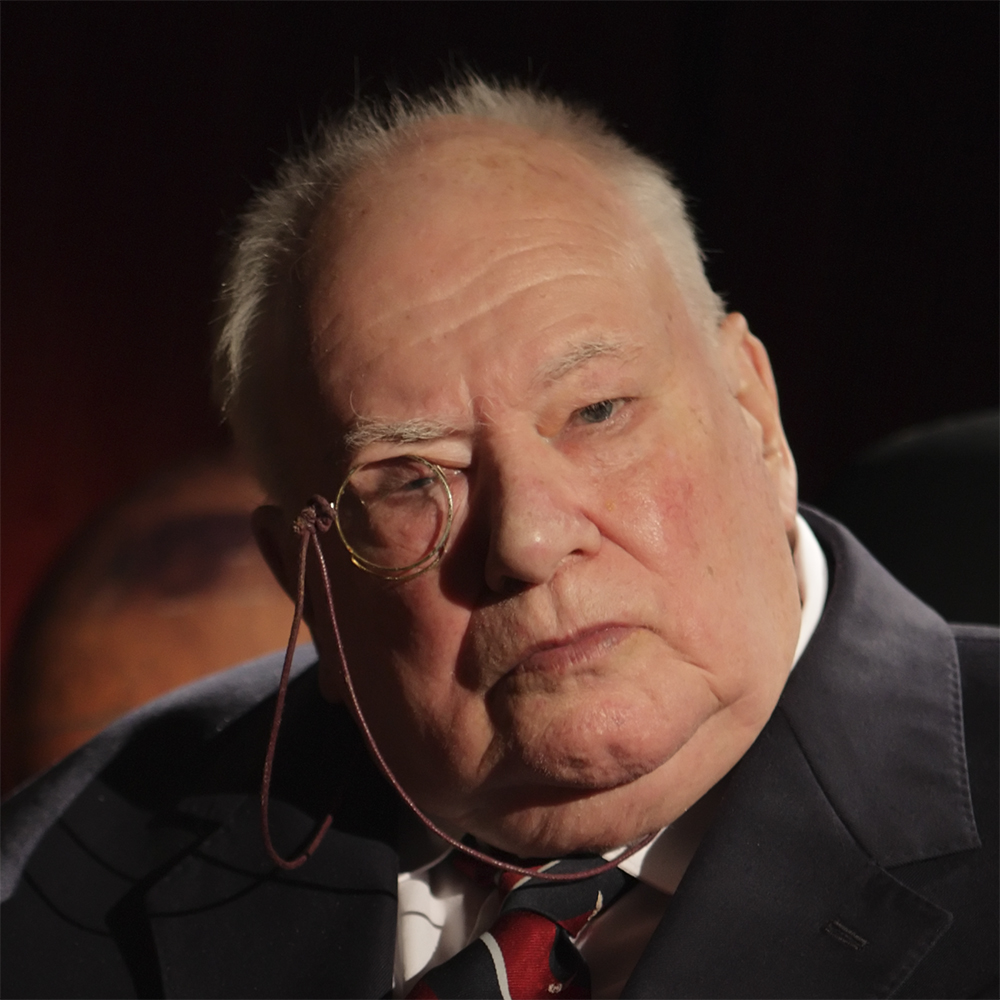John Flamsteed, one of the great figures in the story of British science, will always be best remembered as being the first Astronomer Royal.
Yet as an astronomer he was largely self-taught and suffered from a chronic rheumatic condition which undoubtedly made him sensitive and irritable.
Read our list of the greatest, most famous astronomers in history

Flamsteed came to prominence in 1675 with the founding of the Royal Greenwich Observatory.
The observatory was established, at the express order of King Charles II, for navigational purposes.
Britain has always been a seafaring nation and ships far out of sight of land tended to lose their way, often with unfortunate consequences.
As a result, navigators needed to know both their latitude and their longitude.
Finding latitude was easy enough (all that had to be done was to measure the altitude of the Pole Star and make a few minor corrections), but longitude was more of a problem.
The best method was to use the Moon as a ‘clock-hand’ and measure its position against the stars.
An accurate star catalogue was therefore needed, and would be provided by the new observatory.
The King financed the building of the observatory and by 1676 Flamsteed was able to begin work.
He had to provide his own equipment, and his sole assistant was “a silly, surly labourer” named Cuthbert, who was more at home in the local ale house than putting in hours at the observatory.

Publication of Flamsteed's catalogue
Leading scientists such as Isaac Newton and Edmond Halley were very anxious to see the new catalogue, but Flamsteed was a perfectionist and refused to publish his results until he was totally satisfied with them.
The years went by and, in 1712, the Royal Society lost patience.
The catalogue, Historia Coelestis Britannica, was published in its unedited form and Flamsteed was furious; he obtained as many copies as he could and publicly burned them.
The final version, completed by his last two assistants (Crosthwait and Sharp), was not issued until 1725, so Flamsteed never saw it.
When he died, his widow went through the observatory and removed all the instruments, which were legally hers.

Halley, who took over as Astronomer Royal, had to begin again and some of his instruments can still be seen at the Old Royal Observatory in Greenwich Park.
It is ironic that Halley succeeded Flamsteed, as the two were never close friends. Flamsteed once said that Halley "swore and drank brandy like a sea captain," which he undoubtedly did.
To augment his meagre income Flamsteed took private pupils and, it is said, also cast horoscopes, (though unlike Newton he had no faith in astrology).
One day a woman came to him saying that she had lost her washing – could he help?
A horoscope was cast, and the Astronomer Royal told her that the washing was buried in a certain spot in her garden.
The woman dug where Flamsteed indicated and found the washing. It sounds a most improbable episode but, surprisingly, it does seem to be true.

Flamsteed's famous connections
Isaac Newton was John Flamsteed’s contemporary
King Charles II sponsored the Royal Greenwich Observatory, built by Christopher Wren, of which John Flamsteed was the first director
Edmond Halley succeeded John Flamsteed as Astronomer Royal
Prince George of Denmark paid for the publishing of Flamsteed’s observations.
John Flamsteed key dates
19 August 1646: Born in Denby, Derbyshire. Educated at Denby Free School, but did not go straight to university because of ill health.
1671: Began making systematic astronomical observations.
1674: Awarded degree of MA from Jesus College, Cambridge.
1675: Ordained in the Church of England. On the foundation of the Royal Greenwich Observatory, was appointed Astronomical Observer (later Astronomer Royal) by King Charles II.
1676: Began systematic work on the new star catalogue.
1677: Elected Fellow of the Royal Society.
1684: Became Rector of Burstow in Surrey.
1704: Authorised publication of the observations for the star catalogue, though not the catalogue itself.
1712: Publication of an unauthorised version of the catalogue.
31 December 1719: Died in Greenwich, London.
This article appeared in the June 2005 issue of BBC Sky at Night Magazine
